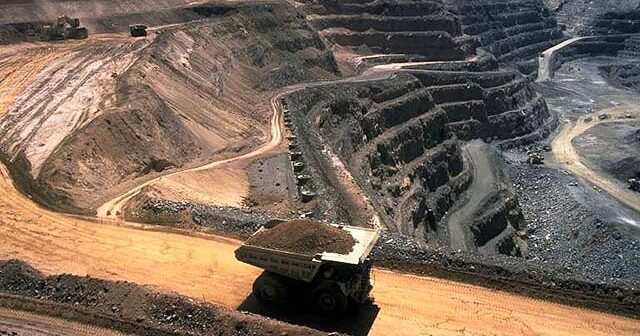(FE)
In an attempt to accelerate underground coal mining, the government on Thursday introduced incentives such as waiving off the upfront payment and a reduction in floor revenue share for the investors.
The move comes in line with the government’s goal of sustainable development and modernisation of the coal ecosystem. Underground mining is a capital- and tech-intensive activity.
The share of underground mines in India’s coal production continues to be very low, despite efforts being taken to give a boost to the sector that holds tremendous potential. While the domestic coal output crossed 1 billion tonnes in FY25, the share of underground production is just around 4%.
“In a decisive step towards revitalizing India’s coal sector, the Ministry of Coal has introduced a series of transformative policy measures aimed at promoting underground coal mining,” the coal ministry said, adding these reforms address the traditional challenges of high capital investment and longer gestation periods.
As per the new incentives, the floor percentage of revenue share for underground coal mines has been reduced to 2% from earlier 4%. “This targeted reduction offers substantial fiscal relief and enhances the financial viability of underground projects,” said the government.
Additionally, the government waived off the mandatory upfront payment requirement for underground mining ventures completely, encouraging broader participation from the private sector and facilitating faster project implementation.
These incentives are further complemented by an existing 50% rebate on performance security for underground coal blocks, collectively lowering the entry threshold and facilitating smoother project implementation.
“By incentivising underground mining, the government is not only catalyzing economic growth but also driving the industry toward greater efficiency, safety, and employment generation,” it said.
Underground coal mining is inherently more environment-friendly, as it causes significantly less surface disruption compared to opencast operations.
The policy measures are expected to encourage the adoption of advanced technologies—such as continuous miners, longwall systems, remote sensing tools, and AI-based safety mechanisms—which will boost productivity while ensuring ecological balance, said the government.
The government is working towards reducing the country’s import of coal while increasing domestic production. It opened up the sector for the private players introducing commercial coal mining through auctioning of coal blocks back in 2020.
Subsequent to this, India’s coal production has reached 1.05 billion tonnes in FY25, compared to 997.83 million tonnes in FY24, marking a 4.99% growth, as per provisional data from the coal ministry. Production from commercial and captive mines also surged, reaching 197.50 MT, up 28.11% increase from 154.16 MT recorded in the previous year.
The government has projected coal production to reach 1.13 billion tonnes in the upcoming financial year 2025-26, according to the sources.





